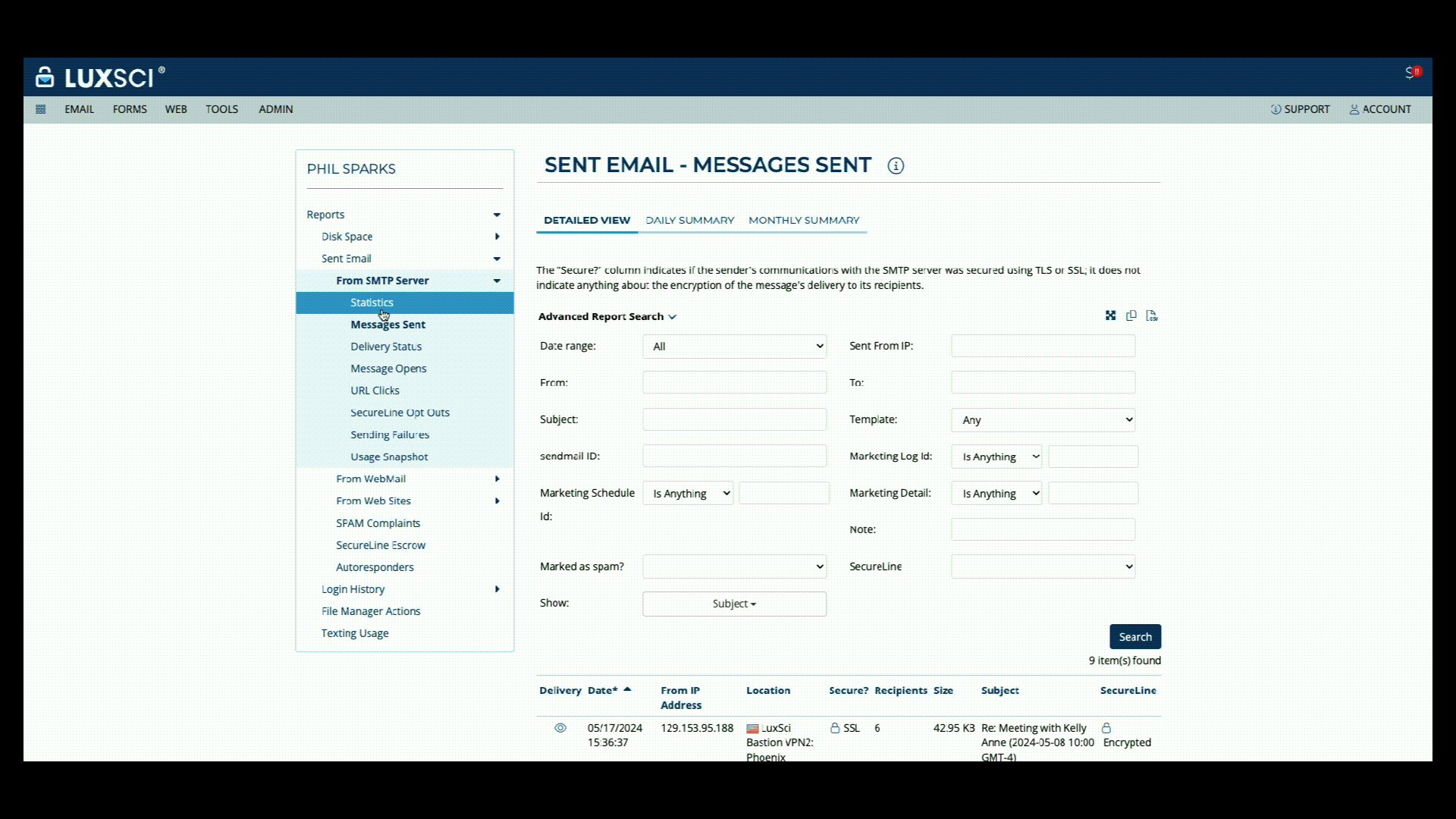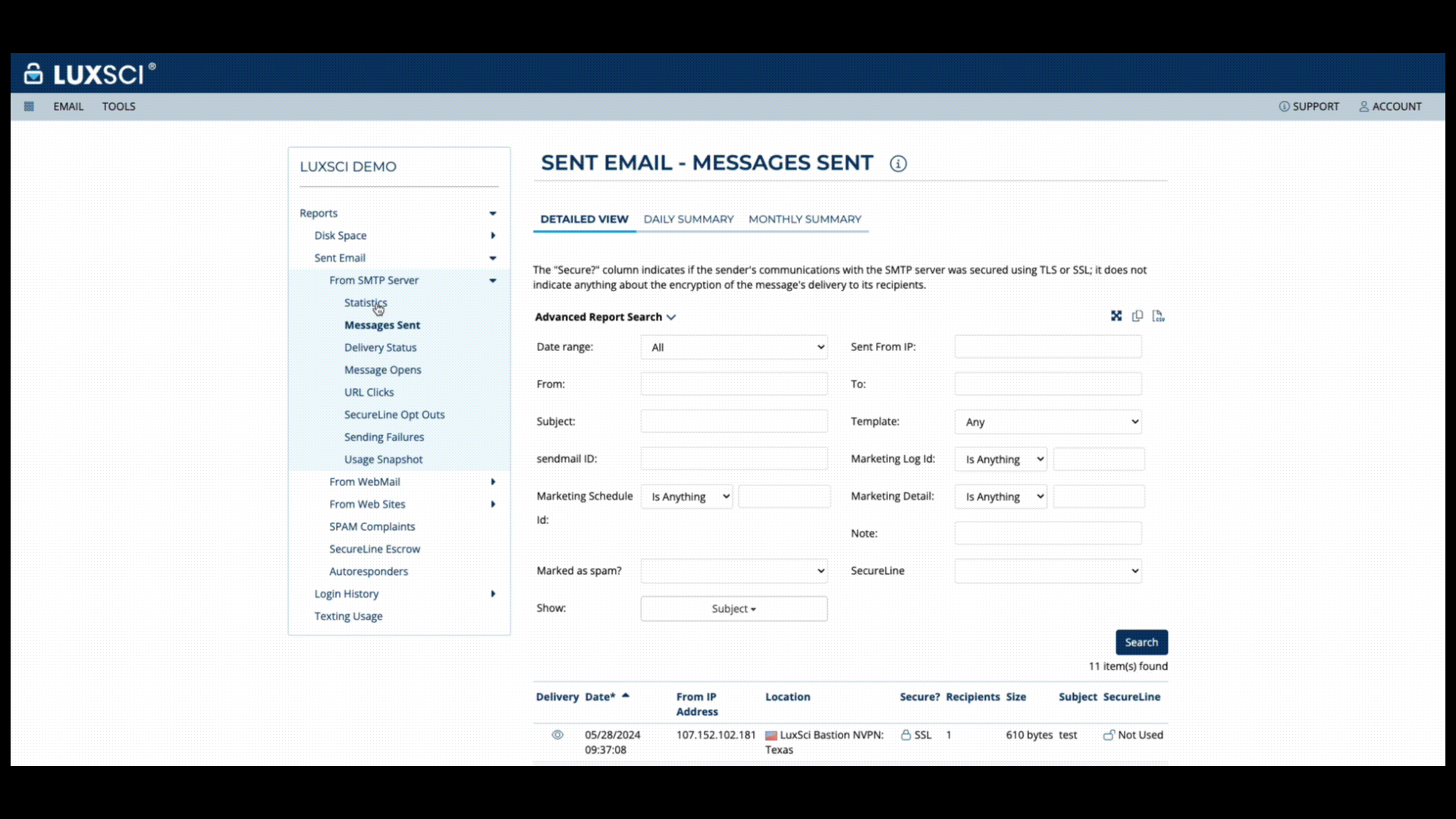Twilio’s SendGrid is a cloud-based email marketing platform that contains the tools and resources that organizations need to carry out bulk email marketing campaigns. By providing companies with a robust, scalable email infrastructure, SendGrid reduces the technical and management overhead from delivering emails at scale.
SendGrid’s capabilities and benefits are undeniable – and are the reason why the popular platform is the email delivery service of choice for prominent companies like Spotify and Airbnb. For healthcare organizations, however, while reliability and scalability are essential for large-scale patient engagement campaigns and communications, security is another crucial concern. More specifically, for a healthcare company to send electronic protected health information (ePHI) through an email services platform, the service must be HIPAA-compliant.
This then begs the question, is SendGrid a HIPAA compliant email service? Subsequently, can companies use SendGrid to transmit ePHI?
The short answer is no, they are not. Let’s take a closer look…
Is SendGrid HIPAA-Compliant?
SendGrid is not a HIPAA-compliant email service. There are two key reasons for this:
- It lacks sufficient encryption measures
- SendGrid does not sign business associate agreements (BAAs)
Let’s discuss each reason in greater detail.
Basic Encryption
SendGrid only offers the basic encryption provided by the Simple Mail Transmission Protocol (SMTP), i.e., the standard mechanism used to transmit emails.
Unfortunately, this level of encryption leaves ePHI vulnerable to cyber threats such as business email compromise (BEC) attacks, ransomware, and device loss or theft. In contrast, for an email services platform to be HIPPA-compliant, it must protect ePHI in transit and at rest, using security measures like Transport Layer Security (TLS) encryption and end-to-end encryption.
Refreshingly, SendGrid is clear and upfront about this (in contrast to, Mailchimp, for example, who make you dig a little deeper to determine their non-compliance) – as Twilio’s documentation explicitly says that they do not offer HIPAA-compliant data transmission. Stating, “SendGrid does not natively support HIPAA-compliant data transmission. We do not offer any encryption or security measures surrounding message transmission beyond those included in the SMTP RFC, which was not designed with HIPAA compliancy in mind.”
In short, SendGrid wasn’t designed to withstand the increased cyber risk that accompanies handling ePHI and isn’t HIPPA-compliant as a result.
No Business Associate Agreement
Additionally, in addition to lower levels of encryption, SendGrid does not sign the business associate agreements (BAA) required to be HIPPA-compliant.
A business associate agreement (BAA) is a written contract between a covered entity (your company) and a business associate (a service provider, such as an email services or email marketing platform) that’s an essential requirement of HIPAA compliance. A BAA details how two organizations can share data and the legal responsibilities of each party.
This is again stated on Twilio’s website that says, “Twilio SendGrid does not intend uses of the Service to create obligations under The Health Insurance Portability and Accountability Act of 1996 (“HIPAA”), the Gramm-Leach-Bliley Act (“GLBA”) or similar laws and makes no representations that the Service satisfies the requirements of such laws. If You are (or become) a Covered Entity or Business Associate (as defined in HIPAA) or a Financial Institution (as defined in GLBA), You agree not to use the Service for any purpose or in any manner involving Protected Health Information (as defined in HIPAA) or Nonpublic Personal Information (as defined in GLBA).”
Here, Twilio is explicitly telling you that SendGrid does not fit the requirements of HIPPA-compliant and that you should not use their service to transmit ePHI.
HIPAA-Compliant Alternatives to SendGrid
While healthcare companies cannot rely on popular options like SendGrid if they want to utilize ePHI in their patient outreach campaigns, fortunately, there are HIPAA-compliant email platforms that are specifically designed for organizations that have to comply with the regulations.
As the most experienced HIPAA-compliant email provider, LuxSci specializes in providing secure and scalable HIPAA-compliant services for companies aiming to send hundreds of thousands – or millions – of emails. In light of this, we place security, regulatory and practical considerations front and center when building our solutions – from their early planning stages until final deployment.
Our approach results in tailor-made tools and services like HIPAA-compliant bulk email, secure text and secure marketing. This includes flexible encryption functionality, such as TLS, end-to-end, or role-based access encryption, that enable healthcare organizations to align their security with the sensitivity of the transmitted and their specific business requirements – all while remaining HIPAA compliant.
To discover how LuxSci and SendGrid stack up against each other, as well as with other HIPAA-compliant, general purpose and marketing email providers on the market, including Virtru and Mailchimp, take a look at our Vendor Comparison Guide. The guide takes a deep dive on 12 email delivery platforms, offering insights on what to consider when selecting a provider – and how to choose the vender best suited to meet your secure healthcare communications needs.
Get your copy here, and reach out to us with any questions.













